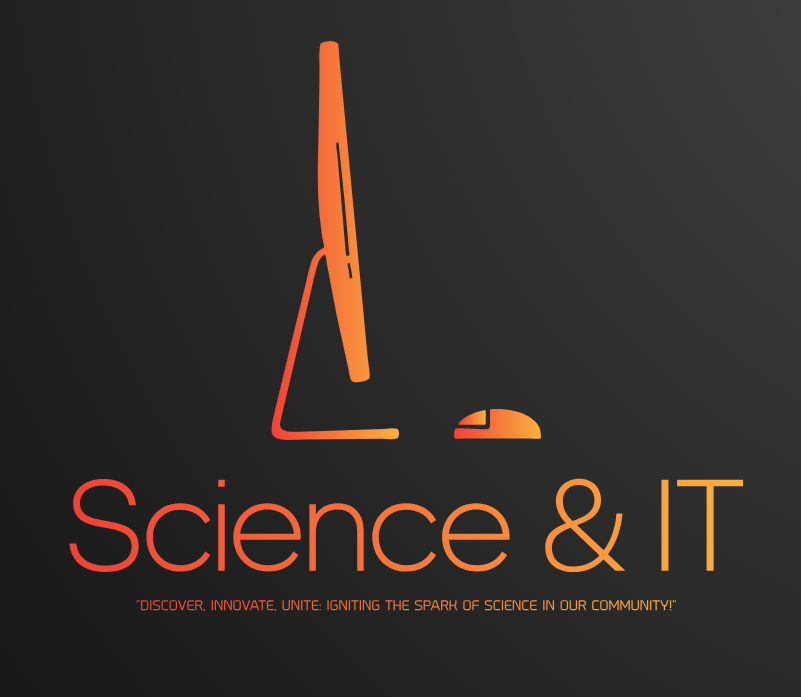Arduino is an open-source hardware and software platform that has gained immense popularity among electronics enthusiasts, hobbyists, educators, and professionals alike. It provides a flexible and user-friendly environment for creating interactive projects and prototypes by integrating hardware and software components.
The heart of the Arduino platform is the Arduino board, which consists of a microcontroller that can be programmed to perform various tasks. Initially developed in 2005 by a group of students at the Interaction Design Institute Ivrea in Italy, Arduino was created with the intention of making electronics more accessible to non-engineers and artists.
One of the key features that sets Arduino apart is its simplicity and ease of use, making it an excellent tool for beginners and experts alike. The Arduino boards come in different variations, with the most common being the Arduino Uno, which features input and output pins for connecting various sensors, actuators, and other electronic components.
Arduino uses a simplified version of C++ programming language, making it relatively straightforward for individuals with little to no coding experience to get started. Users write code using the Arduino Integrated Development Environment (IDE), which provides a user-friendly interface for writing, compiling, and uploading code to the Arduino board.
The flexibility of Arduino lies in its ability to interact with a wide range of sensors, modules, and devices, allowing users to create diverse projects. Whether it's controlling lights, motors, displays, sensors, or even building robots and IoT (Internet of Things) applications, Arduino provides a versatile platform for experimentation and innovation.
Furthermore, the Arduino community plays a crucial role in its popularity and growth. Users worldwide actively contribute to forums, tutorials, and libraries, sharing knowledge and supporting each other in learning and troubleshooting. This vibrant community has led to the development of numerous third-party shields, modules, and extensions that expand the capabilities of Arduino boards.
Arduino's versatility and affordability have made it an invaluable tool in various fields, including education, prototyping, home automation, art installations, and scientific research. Its ease of use and broad applicability continue to inspire both beginners and experienced makers to explore the realms of electronics and programming.
As technology advances, Arduino remains at the forefront of the maker movement, empowering individuals to turn their ideas into reality and fostering innovation across different domains. Its open-source nature and accessibility contribute significantly to its enduring popularity and relevance in the ever-evolving world of electronics and DIY culture.



0 Comments